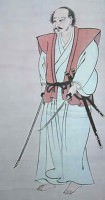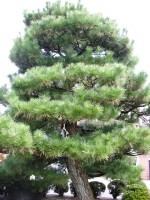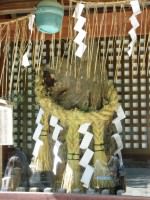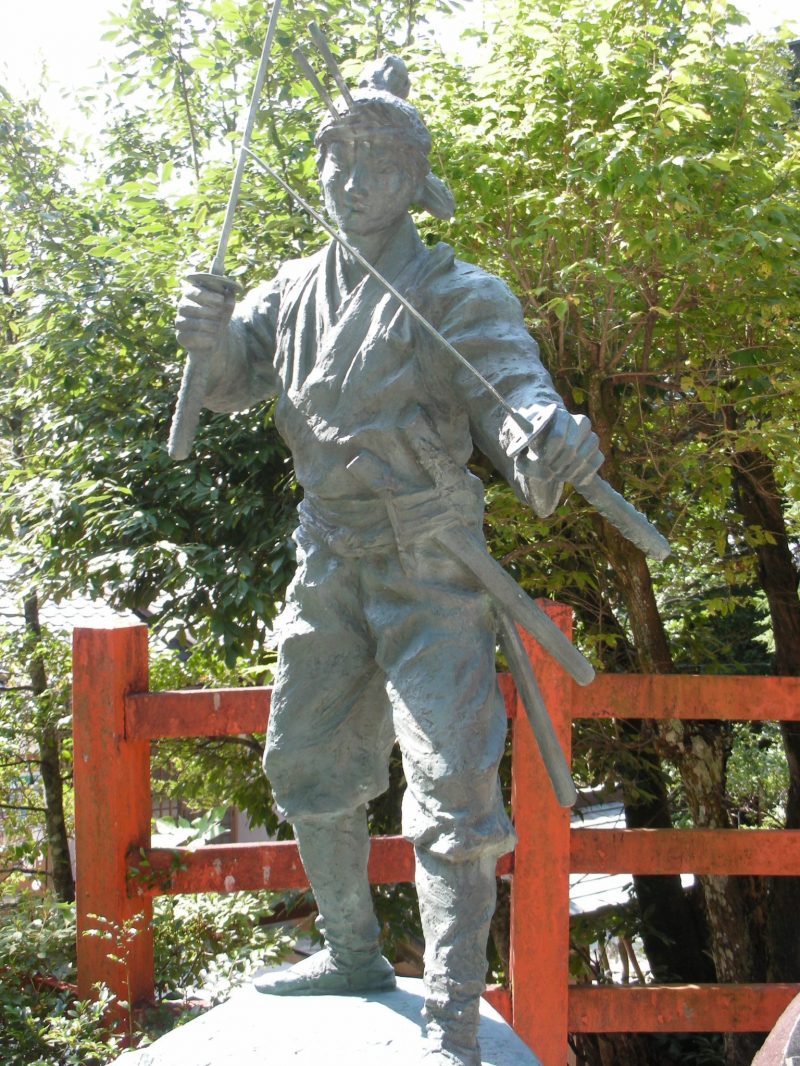
Musashi Miyamoto’s Early History
Musashi Miyamoto was born in the village of Miyamoto, north of the city of Himeji in the year 1584. He received training in the martial arts and fencing from his father until the age of 7, at which time his uncle took over his training. His first duel came at the young age of 13. In 1600, he left home to fight for Hideyoshi’s “Army of the West”, against the eastern army of Tokugawa Ieyasu. He participated in the attack of Fushimi Castle, the defense of Gifu Castle and finally fought on the losing side in the pivotable Battle of Sekigahara in 1600. After this, there are no records of his life or his whereabouts until, at the age of 20, he appeared in Kyoto in 1604.Musashi Miyamoto in Kyoto
Musashi’s time in Kyoto was closely related to the Yoshioka family. The Yoshioka family was appointed as the fencing instructors for the Ashikaga shogunate in the mid 16th century. This was a prestigous position, and made the Yoshioka school of fencing one of the most sought after fencing schools in Japan. Musashi challenged Yoshioka Seijuro, the fourth generation master of the Yoshioka school shortly after arriving in Kyoto. Seijuro, fearing that if he declined it would appear he was avoiding Musashi, accepted the challenge.Duel at Rendaiji and Rengejoin (Sanjusangendo)
Their duel was held on March 8, 1604 at Rendaiji Temple in northern Kyoto. There are numerous accounts of the duel, but the general consensus is that Musashi arrived late, which greatly irritated Seijuro. It is also widely thought that wooden swords were used, but Musashi landed a blow on Seijuro’s left arm, causing him to lose the arm while Musashi was uninjured and unscathed. Seijuro passed the leadership of the school to his younger brother Denshichiro, who immediately challenged Musashi in an attempt to regain the honor of the school. Their duel was held a short time later at Rengejoin Temple, known today as Sanjusangendo, one of the most popular sightseeing destinations in Kyoto and a UNESCO World Heritage site. Musashi arrived late again, but this time real swords were used and Denshichiro was killed by Musashi.Duel at Ichijoji

Ichijoji Today
Today, you can still visit Ichijoji, where you will find a monument dedicated to Musashi Miyamoto next to the 4th generation of the Sagarimatsu Tree where the duel was contested. And, if you walk about a few blocks further up the hill, you can visit the Hachidai Shrine. It is said Musashi stopped here at this shrine before the duel. He was going to offer a prayer to the gods to ask for help during the duel. However, he changed his mind saying that he should depend on himself and his own talents rather than depending on the gods. But, best of all, at the Hachidai Shrine, you can find a small piece of the original Sagarimatsu tree and a statue of Musashi.
If you continue along the street, up the steep hill you will find the Tanukidanisan Fudoin temple. After the steep hill and the 250 stairs, you will arrive at the temple located in a small valley among the forest and mountains. Here you will find the “Musashi no taki” (Musashi’s waterfall). It is said that Musashi honed his skills while standing under the waterfall.How To Get To Ichijoji






